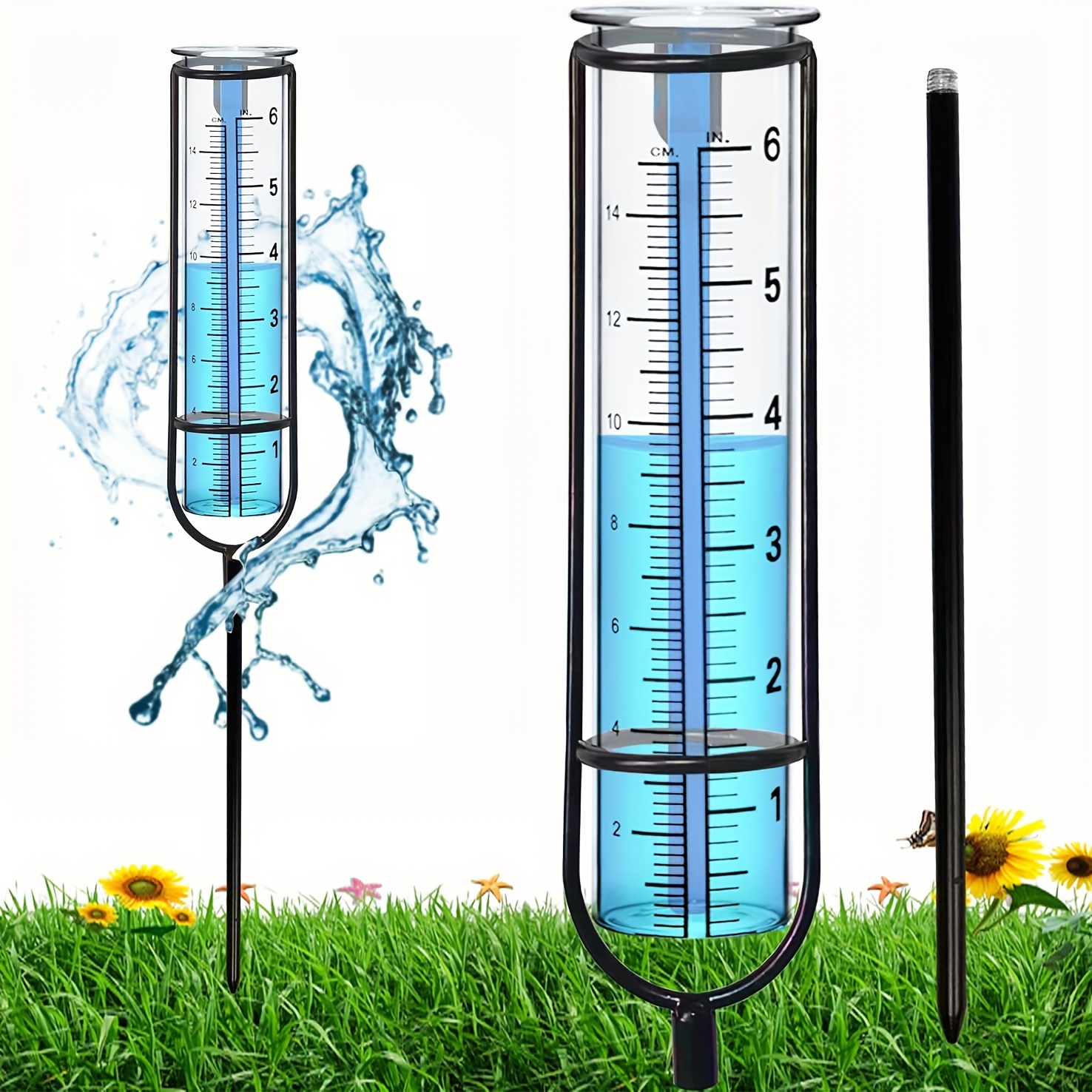Discover the Best Rain Gauge for Accurate Weather Measurement and Projecting
Discover the Best Rain Gauge for Accurate Weather Measurement and Projecting
Blog Article
Introducing the Scientific Research Behind Rainfall Determines: How These Tools Play a Critical Duty in Climate Study and Ecological Surveillance
Rainfall assesses, relatively straightforward devices, hold an extensive importance in the world of climate study and environmental monitoring. These unassuming tools silently collect among nature's most important aspects-- rainfall. Yet, behind their unpretentious facade exists a complex science that is crucial for understanding the dynamics of our environment. As we peel off back the layers of this clinical shroud surrounding rain gauges, we reveal a world where accuracy, data accuracy, and meticulous observation converge to introduce a much deeper understanding of our changing environment and its effect on the world.
Significance of Rain Scales
Rainfall assesses play a vital role in monitoring and measuring rainfall degrees, providing necessary information for climate research and analysis. These devices are essential in quantifying the quantity of rainfall that happens in a certain area over a specific duration. By gathering and measuring rain, rain evaluates deal important insights right into the distribution and intensity of precipitation, aiding meteorologists, hydrologists, and climatologists in recognizing weather patterns and fads.
Among the crucial reasons that rainfall assesses are important is their capacity to provide precise and localized information. Unlike satellite or radar-based dimensions, which provide broader monitorings, rain assesses offer precise details specific to the location where they are positioned. This localized data is crucial for various applications, consisting of flood forecasting, drought surveillance, and water resource monitoring. Additionally, lasting information accumulated from rain assesses assists in analyzing climate change impacts and patterns, contributing dramatically to clinical research and decision-making processes. Basically, rain evaluates offer as vital tools in the area of meteorology and environmental science, playing a critical duty ahead of time our understanding of weather condition and climate dynamics.
Sorts Of Rain Scales

Functionality and Operation
In the realm of climate research study and meteorological researches, the effectiveness of rainfall assesses lies in their intricate functionality and accurate operational systems. Rainfall gauges are created to accurately gauge the quantity of precipitation that falls over a specific location throughout a collection duration.
The capability of rain gauges is based upon the concept of measuring and gathering rain in a standard fashion. This gathered information is crucial for recognizing regional weather condition patterns, tracking long-term environment fads, and navigate to this site evaluating ecological impacts. next page To ensure accurate dimensions, rainfall determines requirement to be strategically put in open areas far from blockages such as structures or trees that can disrupt the collection process.
The operational aspect of rainfall gauges includes routine upkeep to stop debris build-up, calibration checks to keep measurement accuracy, and data tape-recording for analysis (rain gauge). Generally, the capability and procedure of rain evaluates are crucial for collecting reputable rainfall information important to environment research study and ecological surveillance
Function in Environment Study
Offered the crucial significance of precise precipitation measurements in understanding weather patterns and environmental effects, the role of rain evaluates in climate research is crucial. Rainfall assesses supply necessary information for climate research by quantifying the quantity of rainfall that tips over a certain location during a given period. This data is essential for checking lasting fads in rainfall patterns, analyzing the influence of environment adjustment on rains distribution, and enhancing climate designs.

Climate researchers make use of information accumulated from rain determines to evaluate variations in precipitation degrees, recognize local environment trends, and assess the performance of water source management strategies. By comparing historic rainfall data with existing measurements, researchers can spot changes in precipitation patterns, such as adjustments in the frequency or intensity of rains events. This details is important for understanding exactly how environment modification is influencing rainfall dynamics and can assist policymakers make informed choices relating to adaptation and reduction techniques.
Applications in Environmental Surveillance

In flood projecting, rainfall scale information assists to track rainfall intensity and distribution, allowing authorities to issue prompt cautions and take essential measures to mitigate flood dangers (rain gauge). Dry spell monitoring counts on rain scale information to assess wetness levels in the dirt and track precipitation deficits, helping in the recognition of drought-prone locations and the application of drought response approaches
In addition, rain this post scale information plays an essential role in water source monitoring by supplying info on water schedule and usage trends. This information is utilized to make informed choices regarding water allocation, conservation steps, and lasting water source planning. Furthermore, in agriculture, rain scale data assists farmers in optimizing irrigation timetables, crop option, and overall ranch administration techniques based on regional rainfall patterns. Generally, rainfall evaluates are essential devices in ecological tracking, supplying valuable understandings that add to informed decision-making and lasting source management.
Final Thought
In conclusion, rainfall assesses are essential devices for measuring rainfall, giving beneficial information for environment study and environmental monitoring. With numerous types and capabilities, rainfall determines play a critical function in recognizing precipitation patterns and their influence on the environment. By accurately gauging rains, these tools add to the improvement of clinical understanding and aid in making informed decisions related to water source management and disaster preparedness.
Rain assesses play a crucial role in surveillance and determining precipitation levels, offering vital information for climate research and evaluation. The standard rain gauge, understood as the "tipping pail" gauge, is one of the most generally utilized tools. Ultrasonic rainfall gauges use noise waves to spot the visibility of rain, offering real-time data on precipitation degrees.Climate scientists make use of information gathered from rainfall gauges to analyze variations in rainfall levels, recognize local environment trends, and review the efficiency of water source administration methods.In verdict, rainfall evaluates are essential tools for gauging precipitation, giving important data for environment research and environmental tracking.
Report this page